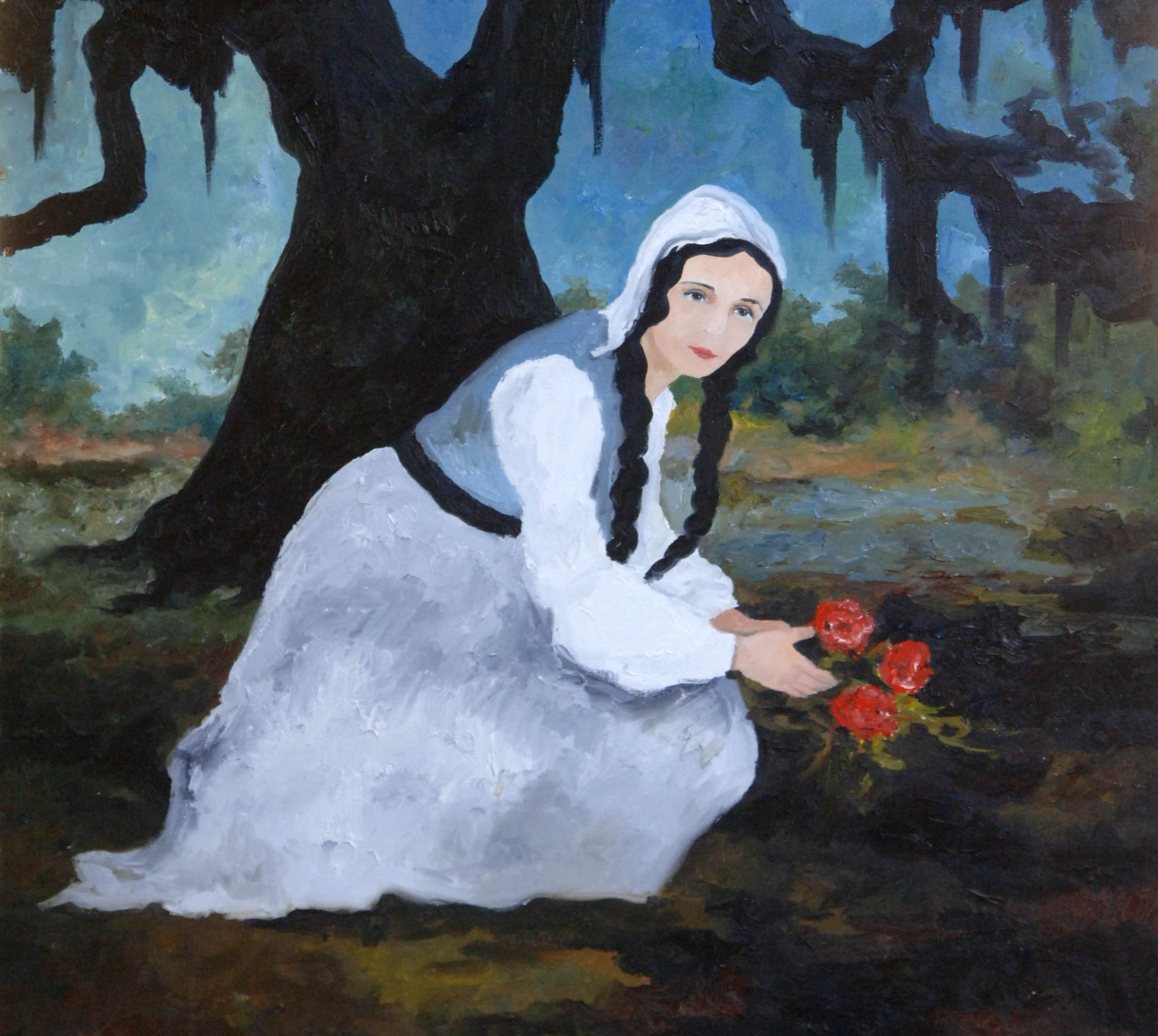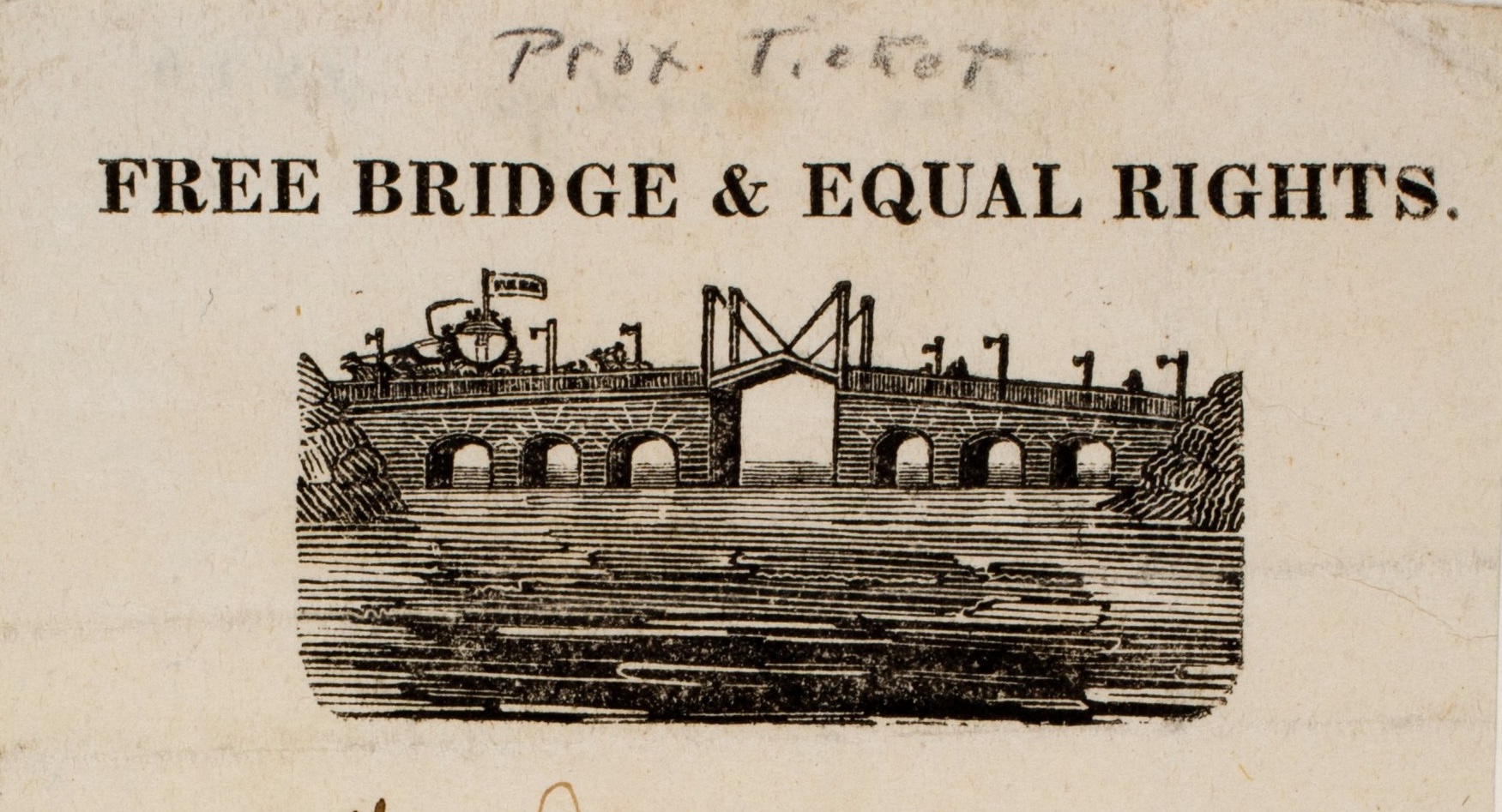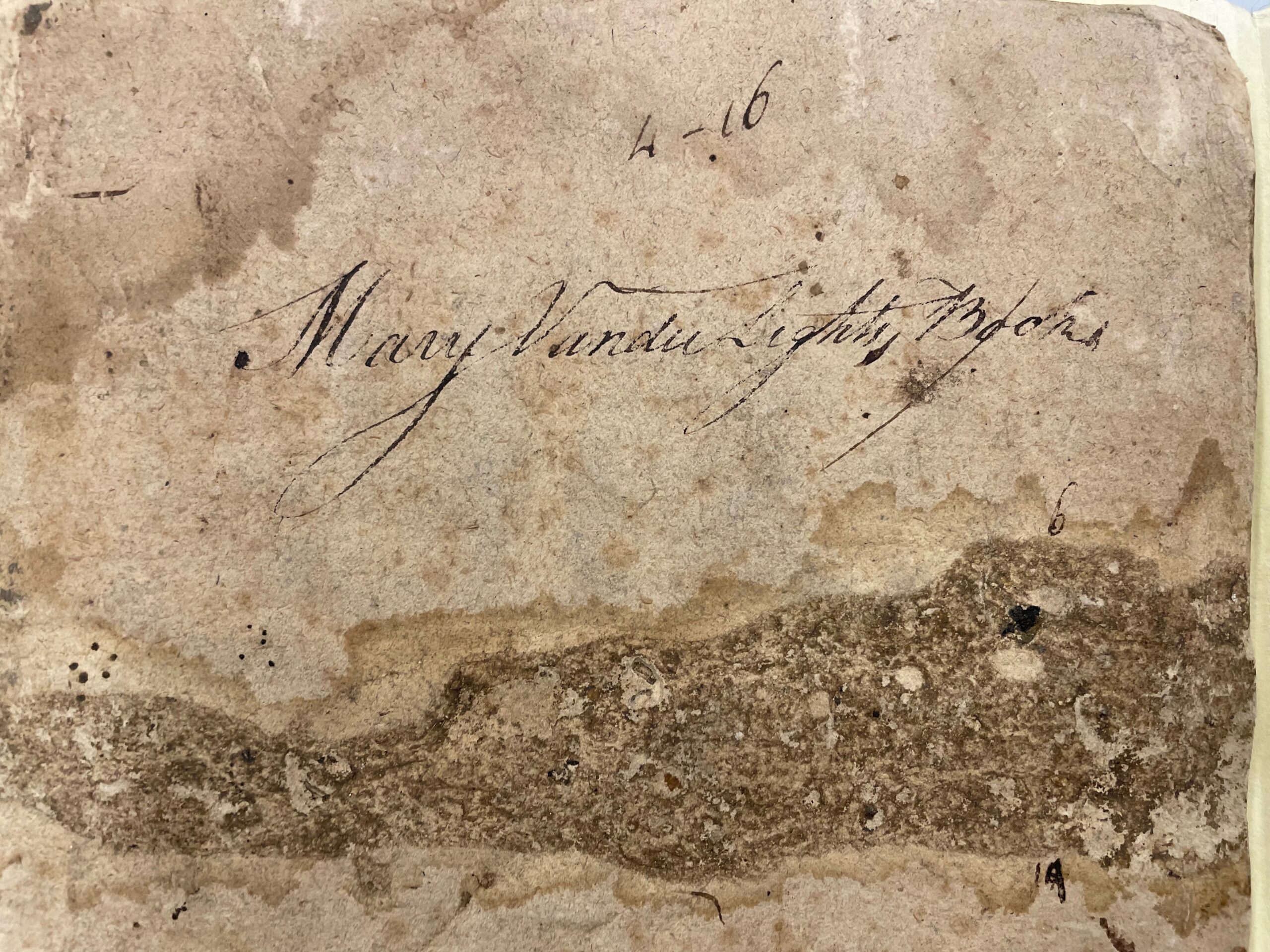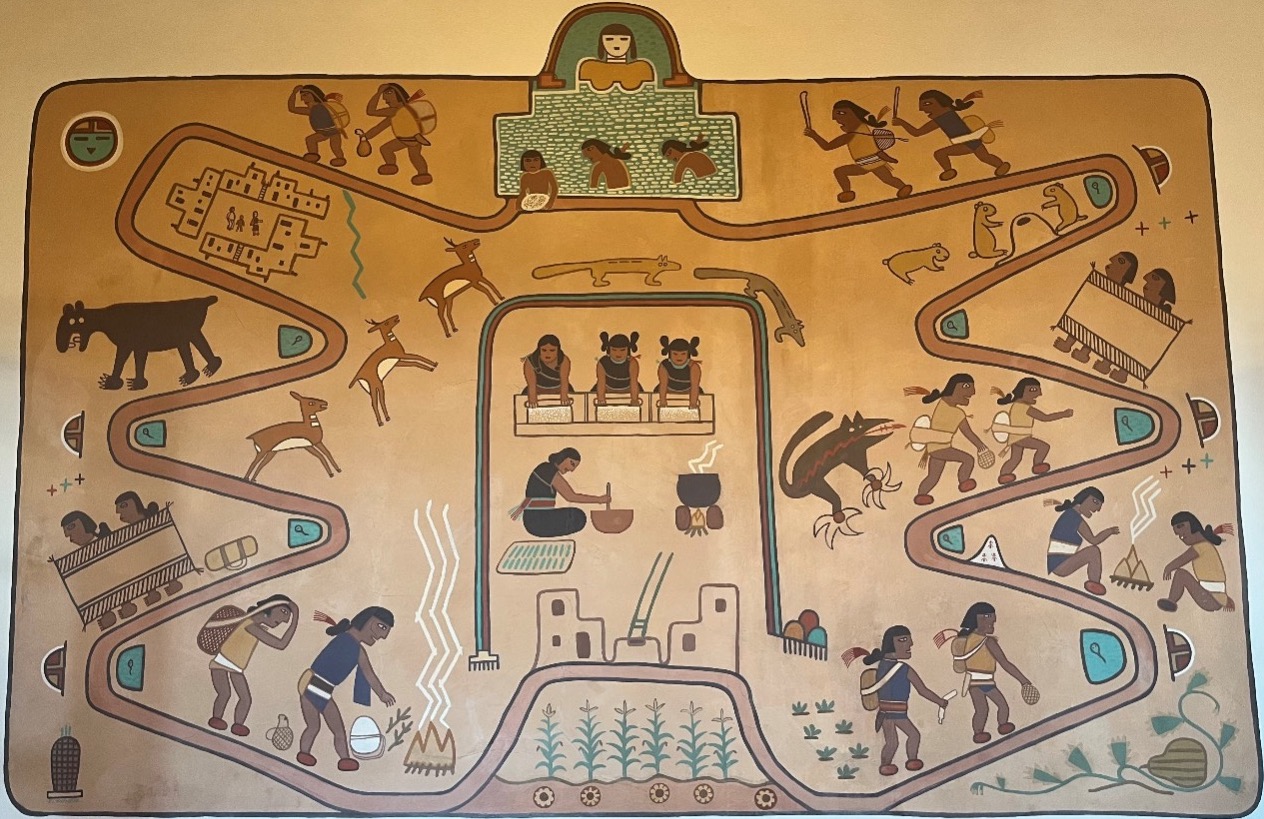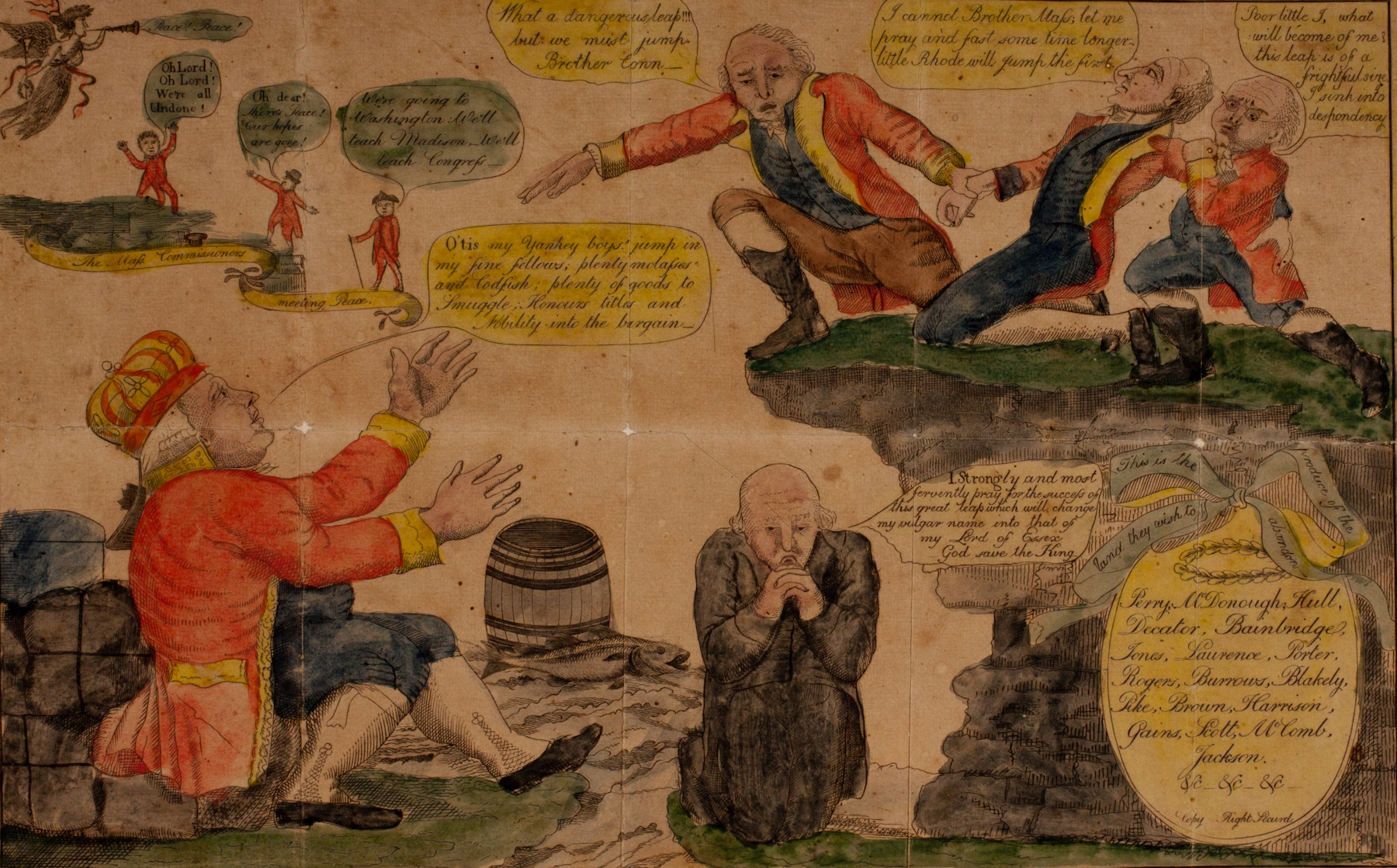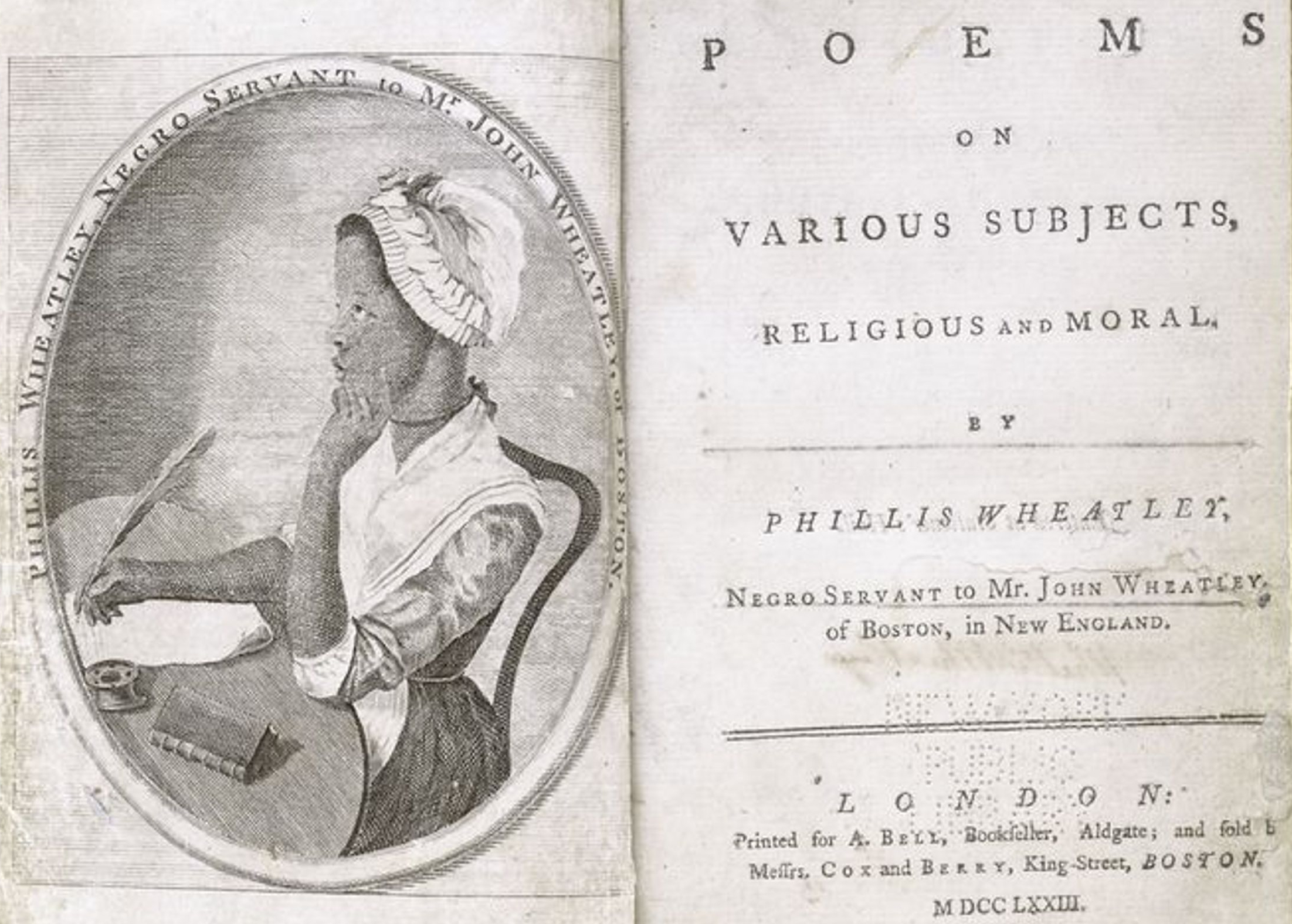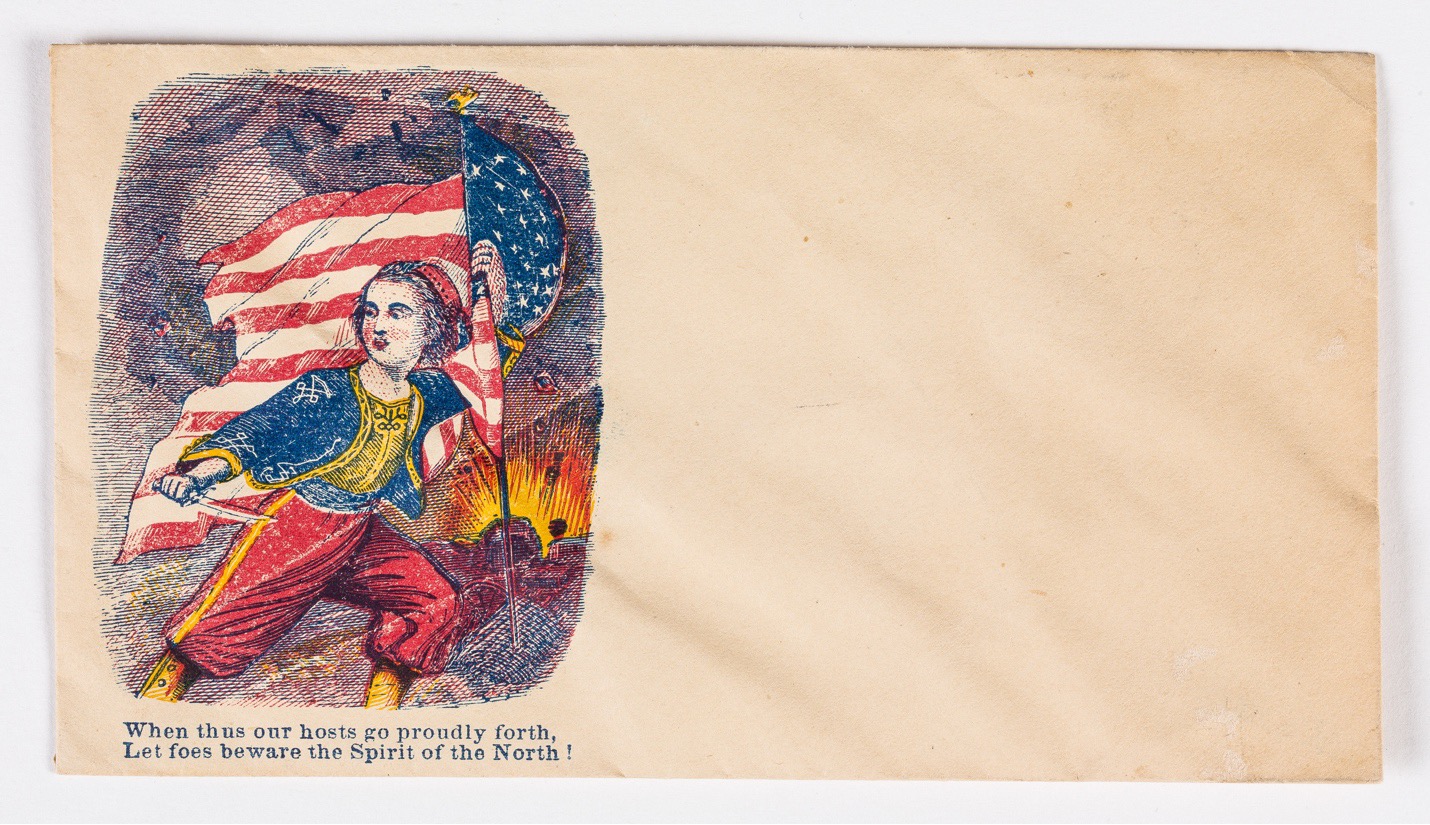When asked to contribute to this discussion of Bercovitch’s landmark work, I decided that I wanted to reflect on the impact of The American Jeremiad upon my small piece of the current jigsaw puzzle of Americanist scholarship, the study of Jewish American literature and culture.
Like many other scholars of my generation, I suppose, I narrowed my Americanist focus in the mid-1980s for a combination of reasons, personal and political. It was in the air, it was in the blood. The idea was to oppose the totalizing, to celebrate ethnicity, and to embrace difference, and like other fields of Ethnic Studies, Jewish Studies was on the rise. But what I found when I began to survey the field of Jewish American literature gave me pause. From Abraham Cahan and Mary Antin to Bellow, Roth, Malamud, and beyond—so much of the literature commonly studied in Jewish American literature courses were narratives of assimilation or the adventures of already deracinated Jews. What I found, in other words, was not difference, but an aversion to difference, the anxiety of ethnicity, Jewishness under the pressure of America. Here were self-styled marginal men and women streaming into the American literary mainstream. Here were writers denying as publicly as possible that they were Jewish writers only to be celebrated by readers and critics as standard-bearers of the tribe. I was perplexed. When I looked beyond the Jewish American canon to the unstudied literature of the earlier Sephardic and German waves of immigration—I was, after all, trained as an early Americanist—I found something even more startling: Rabbi Isaac Mayer Wise, writing under the byline of the American Jewish Novelist, retelling the story of Hanukkah in the words of Thomas Jefferson and Rabbi Kaufmann Kohler, in a Fourth of July sermon, berating the retrospective Jewish traditionalists for not seeing the American Revolution as the fulfillment of the Revelation at Sinai. Here, I thought, was not difference but a bold-faced relinquishing of Jewish difference in the name of the American consensus. It was not what I was looking for. All this, as I said, gave me pause. But there was something that struck me as even stranger. I was not the only scholar who noticed what I noticed. But was I the only one to think it was in the least bit peculiar? As a very wise man once said, I felt like Sancho Panza in a land of Don Quixotes.
So I turned to other disciplines—to history and sociology—and I found more of a willingness to recognize a perceptual problem in American Jewish culture. In 1988, sociologist Steven Cohen published a study of American Jews whose titular question, American Assimilation or Jewish Revival?, touched off a scholarly controversy in the following decade that came to be known as the assimilationist-transformationist debate. Both sides agreed that something significant, something pronounced, something unusual had happened to Jews in America. But was it the triumph of assimilation, that bogey-man of modern Jewish pulpits, the great enemy of Jewish difference, or was it the emergence of a new, transformed, revitalized, and responsive Jewish culture, a creative assertion of difference in an American context? Some fine scholarship issued from these debates, such as Jonathan Sarna’s analysis of what he called “the cult of synthesis” in Jewish American culture. But while this half-empty/half-full tug-of-war raised significant questions and laid bare the ideological divide, it answered little.
Something significant, something pronounced, something unusual had happened to Jews in America. But was it the triumph of assimilation, that bogey-man of modern Jewish pulpits, the great enemy of Jewish difference, or was it the emergence of a new, transformed, revitalized, and responsive Jewish culture?
So I turned back to The American Jeremiad, and here I found a way out of the maze. Bercovitch offered an approach to American culture that allowed for a more nuanced understanding of assimilation, an approach that did not denigrate difference, or resistance, but was skeptical about how different difference really was, was curious about the way resistance resisted. In America, he suggested, consensus did not necessarily mean ideological uniformity or behavioral conformism but “symbolic cohesion,” not uncritical allegiance but a shared rhetoric that could sustain a complex constellation of competing values and even encourage dissent—as long as it was dissent in the name of America, as long as consent and dissent were made to correspond.
Bercovitch opened the way for a deeper appreciation of assimilation and transformation and for a nuanced revaluation of Jewish American literary creativity. The patriotic bluster of Wise and Kohler could be seen not simply as surrender to the American consensus, as the cooptation of Jewish difference, but also as a reappropriation of the rhetoric of the jeremiad, an inversion of Christian supersessionism, a Judaization of America—consensus and dissensus conjoined, a rhetorical triumph through surrender. And those members of the canonized and lionized mid-twentieth century cohort of writers and intellectuals—Bellow, Roth, and Malamud, Howe, Kazin, and Fiedler—their frenetic emergence onto the American literary stage flaunting the Jewishness they purported to leave behind, brandishing their alienation as a badge of acceptance, both in and out of the game: here, too, was the complex product of the American jeremiad, the astonishing achievement of the art of assimilation.
Looking at Jewish American literary history through the lens of the American jeremiad suggested that the answer to Steven Cohen’s titular question, American Assimilation or Jewish Revival? was an emphatic, Yes, in thunder! An answer that could satisfy neither side, a sure sign of its explanatory power.
This article originally appeared in issue 14.4 (Summer, 2014).
Michael P. Kramer, Professor Haver at Bar-Ilan University, Israel, is the author of Imagining Language in America, From the Revolution to the Civil War (1992), and the editor (with Hana Wirth-Nesher) of The Cambridge Companion to Jewish American Literature (2003) and, most recently, of Before the Flood: Early Jewish American Writing (Studies in American Jewish Literature 33:1, 2014). He is co-editor of The Turn Around Religion in American Literature: Literature, Culture, and the Work of Sacvan Bercovitch (2011).



